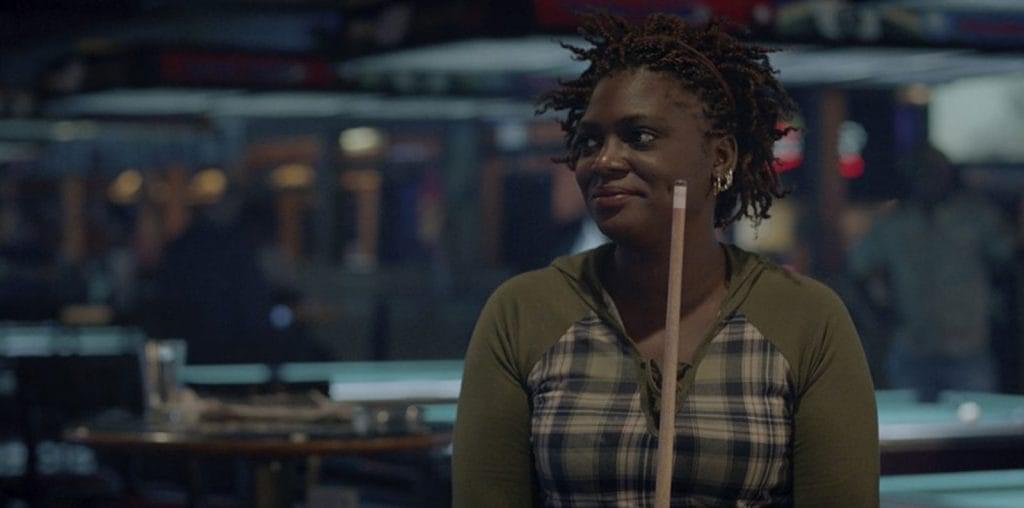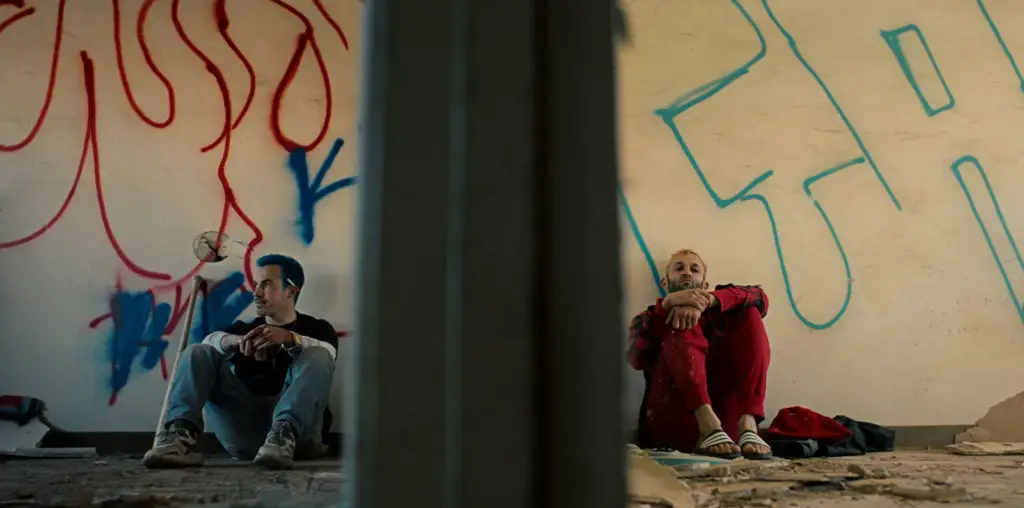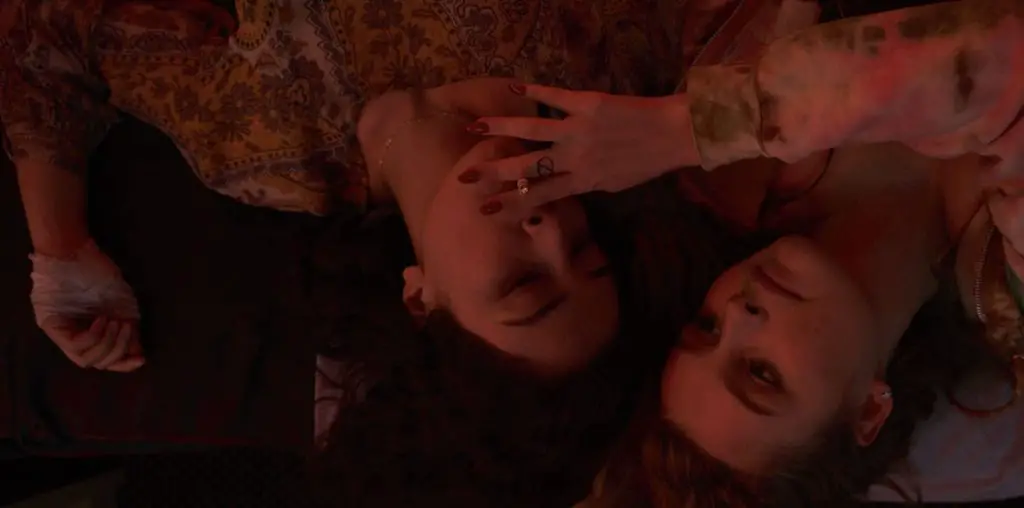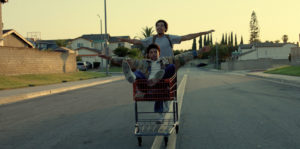
This is most pronounced when looking at the speech given by Louis to Eli, where he explains how “everything you see, it’s here to be loved.” While the speech is certainly well-written and deftly acted, it’s overly manufactured compared to almost every other dialogue exchange — and comes off as far more hokey than what was probably intended. This final result is compounded when this moment is compared to a crucial scene between Daniel and Cliff, which contains the most effective and evocative character dynamics and dramatic tension of How I Learned to Fly (and honestly contains the most commanding and riveting acting performance I’ve seen from Method Man outside of his role in The Wire).
However, while the narrative trips somewhat over its own assets, this doesn’t mean that the technical filmmaking expressed throughout How I Learned to Fly ever really drops in quality. Irvin Liu’s cinematography manages to swirl brilliantly with Lauren Paonessa’s production design to capture each location’s innate tactility, which affords each scene a deep sense of reality — the world feels alive and moving, even when the brothers have little or no influence. Steuri’s editing intensifies his overall directorial style, allowing the silence between the brothers to have as much of an emotional impact as the scenes where heated confrontations take center stage. But where I feel the most conflicted is the film’s soundtrack and musical score.
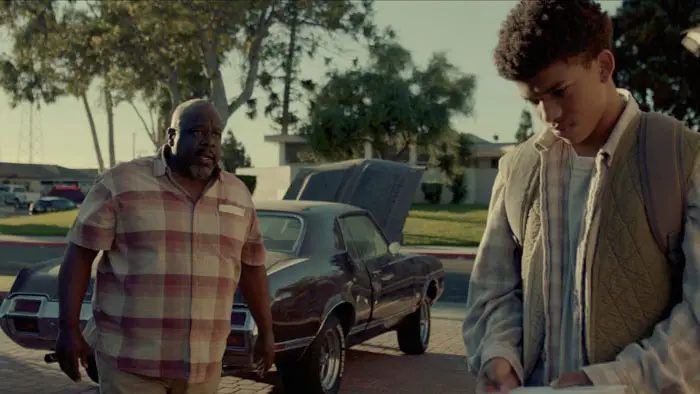
“…defined by its treatment of trauma, socioeconomic desperation, and the positive power of coincidence.”
That isn’t to say that composers Nikki Grier and Jason White don’t provide How I Learned to Fly with a fantastic soundscape — they absolutely do. This is also buttressed by a fantastic musical arrangement that blends both diegetic and overlaid music. But the issue I have is that the music doesn’t seem to want to stop. It’s as if the filmmakers were worried that audiences wouldn’t fully understand the tone of the scene without some kind of music, which, at times, lessens the effectiveness and overall emotional resonance already present. Too often, silence isn’t allowed to be actually silent. It’s one of those weird moments where we’re actually given too much of a good thing (though I would absolutely buy this soundtrack on its own).
How I Learned to Fly is a smorgasbord of tried-and-true filmic devices expressed through powerful actors and a well-rounded technical team. And even though the film is scattershot with some lackluster narrative moments and some overwrought sonic choices, it has more than enough to provide any audience with an experience they’ll carry long after the credits roll.
For more screening information, visit the How I Learned to Fly webpage.
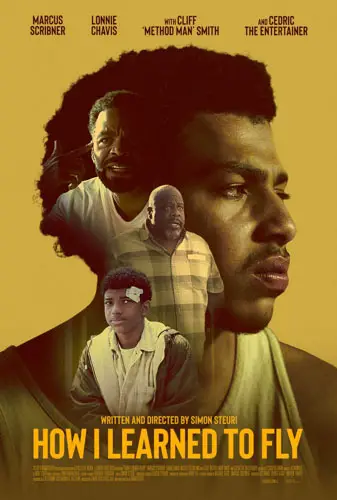
"…the world feels alive and moving, even when the brothers have little or no influence."
